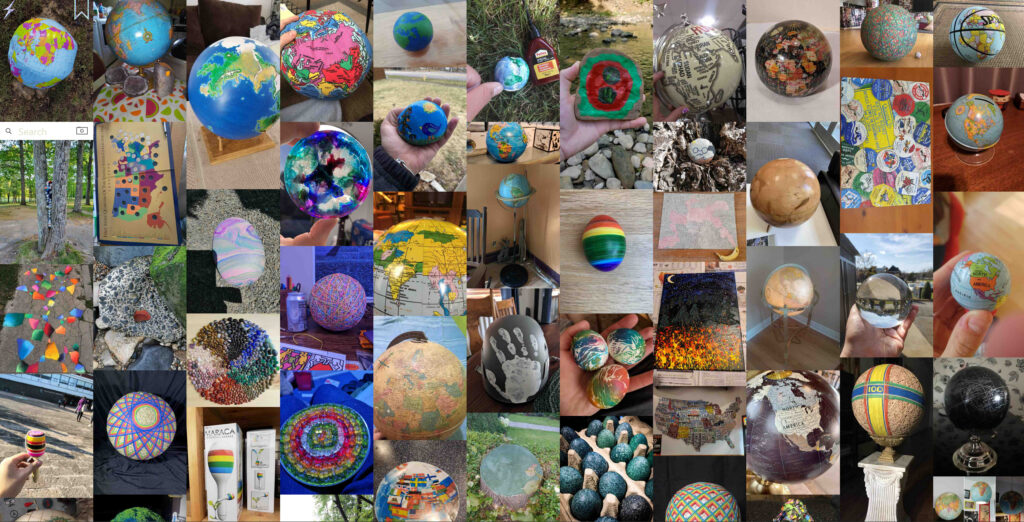Introduction
Joanna Zylinska’s AI Art: Machine Visions and Warped Dreams (2020) offers a sharp and critical entry point into understanding how artificial intelligence reshapes not only the production of images but also our perception of them. Far from the usual binary debate about whether machines can be “creative,” Zylinska reframes the conversation to ask what kinds of images emerge when humans and machines collaborate, and what cultural, political, and material conditions underpin their creation. This framework aligns closely with the concerns of hybrid painting, where the interplay of analog matter and digital processes produces visual forms that challenge inherited notions of representation and authorship.
AI ART
Zylinska situates AI art within a wider media ecology, where images are not isolated artifacts but nodes in a network of algorithms, infrastructures, and human labor. She critiques the fetishization of novelty in AI-generated images—what she likens to the addictive aesthetics of “Candy Crush”—and instead invites us to consider the ethical and affective dimensions of image-making in machinic contexts (Zylinska, 2020). For artists working in hybrid formats, this means thinking beyond the surface spectacle of generative outputs to engage with the histories, biases, and power relations embedded in their production.
Central to her argument is the idea that AI art can function as a “critical mirror” for human creativity. By exposing the procedural logics of algorithmic systems, AI-generated images compel us to question the humanist assumptions of genius, originality, and intention. This resonates with hybrid painting practices where the digital is not a mere tool but an active participant in shaping the work’s form and meaning. The “image” in this context is not static: it is processual, evolving through a series of translations between code, materiality, and embodied viewing.
Zylinska also insists on the materiality of the digital image, reminding us that every pixel is underwritten by the physical infrastructures of servers, energy grids, and labor forces. This material grounding is crucial for rethinking the ontology of images in the 21st century. For hybrid painting, acknowledging this materiality means that digital layers are not immaterial overlays but part of a tangible, energy-intensive chain of production.
Her discussion of vision—particularly machinic vision—further complicates the status of the image. While human perception is embodied, situated, and tied to memory, machine vision operates through statistical pattern recognition, devoid of sensory experience. Yet, in hybrid works, these two modes of seeing can be made to intersect, producing perceptual spaces that are neither purely human nor purely machinic. In such encounters, the image becomes a meeting ground where different regimes of vision overlap, creating new possibilities for meaning.
Ultimately, Zylinska reframes AI art not as a rupture from the history of images but as a continuation of long-standing questions about mediation, authorship, and the politics of visibility. In hybrid painting, this perspective encourages us to approach the digital image not as an alien element but as a contemporary iteration of the image’s capacity to adapt, absorb, and transform across media and epochs.
Critical Reflections
Through AI Art: Machine Visions and Warped Dreams, Zylinska offers a nuanced theory of the image in the age of AI—one that refuses both technological determinism and nostalgic purism. Her work urges artists and theorists to treat AI-generated images as occasions for critical reflection, not just aesthetic consumption. For hybrid painting, this means embracing the image as a living process: shaped by code and pigment, by servers and hands, by statistical models and perceptual memory. In this light, the challenge is not whether machines can make “art,” but how we, as embodied viewers and makers, inhabit the visual worlds that emerge from our entanglements with them.
Zylinska, J. (2020). AI art: Machine visions and warped dreams. Open Humanities Press.
